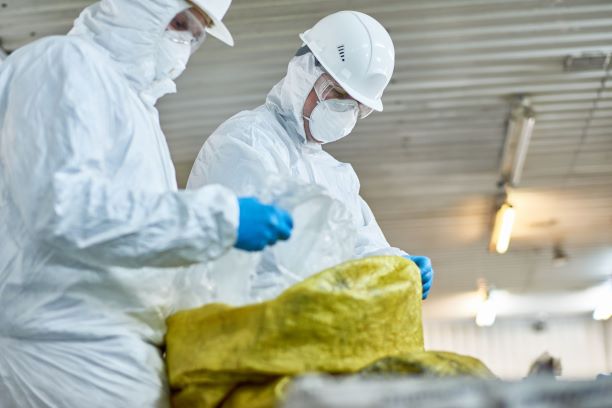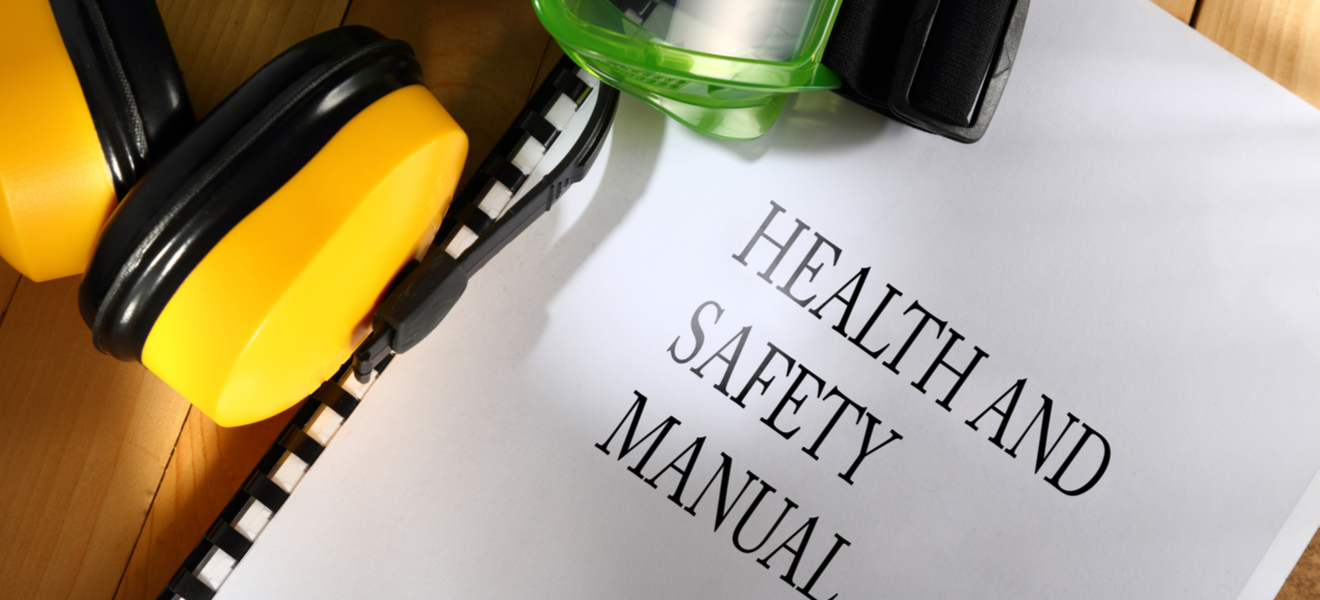Latest News
COSHH Training: What You Need to Know
Posted on Friday, 15th January 2021

Hazardous substances are a major hazard for workers across a range of working environments and sectors. Even the briefest contact with these substances can cause life-threatening injuries and illnesses. This is why employers are legally obligated to control these risks in the workplace, and to enforce COSHH regulations on their site.
But what does COSHH mean, and who needs to complete training in the area? Let’s take a deep dive into what COSHH regulations mean for your workplace.
What does COSHH stand for?
COSHH stands for Control of Substances Hazardous to Health.
The primary goal of COSHH is to protect the health of workers who could potentially come into contact with harmful substances. It’s defined by the HSE as “the law that requires employers to control substances that are hazardous to health.” The regulations make it a legal requirement for employers to establish a range of measures to reduce these risks, including:
- Conducting COSHH risk assessments
- Eliminate the use of hazardous substances where possible
- Substitute with a less harmful substance where possible

- Enclose the work process
- Local exhaust ventilation
- Exclusion zones
- Reduce exposure
- Safe storage of substances
- Provide appropriate PPE
- Provide information and training
- Prepare emergency arrangements
Who is responsible for COSHH?
Ultimately, it’s the employer who is legally responsible for their workplace complying with COSHH regulations. It’s their role to ensure that the correct policies, procedures, training, and staffing, are all in place in order to fulfil all the requirements of COSHH. In the event of any accident injury, the employer is held accountable.
Of course, it is the duty of every worker to ensure they are doing their bit to protect themselves and colleagues from the dangers of hazardous substances. This includes working in accordance with the health and safety measures laid out by the organisation, and flagging up any issues they come across to their supervisor or manager.
What is covered by COSHH?
Hazardous substances covered by COSHH include:
- Chemicals, and products containing chemicals
- Fumes
- Dusts
- Vapours
- Mists
- Nanotechnology
- Gases and asphyxiating gases
- Biological agents (germs). If the packaging has any of the hazard symbols, then it is classed as a hazardous substance.
- Germs that cause diseases such as leptospirosis or legionnaires disease and germs used in laboratories.
What are the dangers of hazardous substances?
The consequences of not handling hazardous substances in accordance with COSHH can be fatal, as they can cause a variety of serious and life-threatening injuries to workers. Depending on the different properties of the substance involved, exposure can result in the individual developing serious skin diseases, breathing conditions, cancers, and many other health complications. Fires and explosions can also be caused by the poor handling of dangerous substances. These present a series of additional dangers to worker health, including life-threatening burn injuries.
HSE figures for 2019/20 show that there were two fatal injuries in the UK directly caused by exposure to harmful substances, with a further two caused by explosions. These numbers do not account for the number of deaths caused by diseases triggered by exposure to harmful substances on site.
What are the 8 steps of COSHH?
To comply with COSHH regulations, there are 8 key steps employers need to take to ensure the safety of their workers:
- Assess the risk of exposure
- Decide on the precautions
- Prevent, minimise, or control exposure
- Controls used are monitored
- Monitor all those exposed
- Carry out health surveillance
- Emergency procedures
- Training and information
Carrying out these steps is an integral part of the employer’s duty to ensure they are protecting staff from workplace hazards.
Do I need COSHH training?
If your role means that you manage or oversee workers who could potentially come into to contact with hazardous substances, it is highly advised that you complete some form of COSHH training. In addition, if you are required to work with any hazardous substances as part of your day to day job then instruction, training and information must be provided. While not strictly a legal requirement, it’s a key step in ensuring your organisation is taking COSHH regulations seriously.
What is COSHH training?
COSHH training courses will help learners to understand hazardous substance regulations, and how to correctly apply them in their role. Training covers the essential information needed to meet these requirements, including:
- Health and Safety at work duties
- Overview of COSHH 2002

- Overview of Classification, Labelling and Packaging of Chemicals 2015
- Health affects to the human body
- Safety Data sheets
- PPE Requirements
- Overview of EH40 and exposure limits
- Understand the requirements of a COSHH assessments
How do I book my course?
At ESS, we provide a half-day Control of Substances Hazardous to Health (COSHH) training course. This course is aimed at those working with substances which could be hazardous to a worker’s health, and identifies the legal requirements that must be complied with. To book a course with us, you can head over to the course page and enrol online. If you would prefer to speak to a member of our team directly, you can contact us by calling 0115 8970 529, or emailing us on info@essentialsiteskills.com.
Other related courses:
In addition to our COSHH course, we provide a range of training options related to the protection of workers who come into contact with potentially harmful substances or airborne hazards. This includes our range of face fit testing and training. Face fit testing is essential for many workers who work around airborne hazards. Testing is the only way to ensure tight-fitting RPE is offering users the protection required. To find out more about the subject, check out previous blog, ‘Fit2Fit: Face Fit Testing & Training with ESS’.
If you have responsibilities for controlling health risks on a construction site, we would highly recommend our Certificate in Controlling Health Risks Construction (CCHRC). This will help establish a culture of safety in the workplace, and protect staff for the dangers of working on a construction site. For a general overview of Construction (Design & Management) regulations and how to apply them, we would recommend our CDM 2015 Awareness course. To check out our full list of courses, head over to our online course index.


